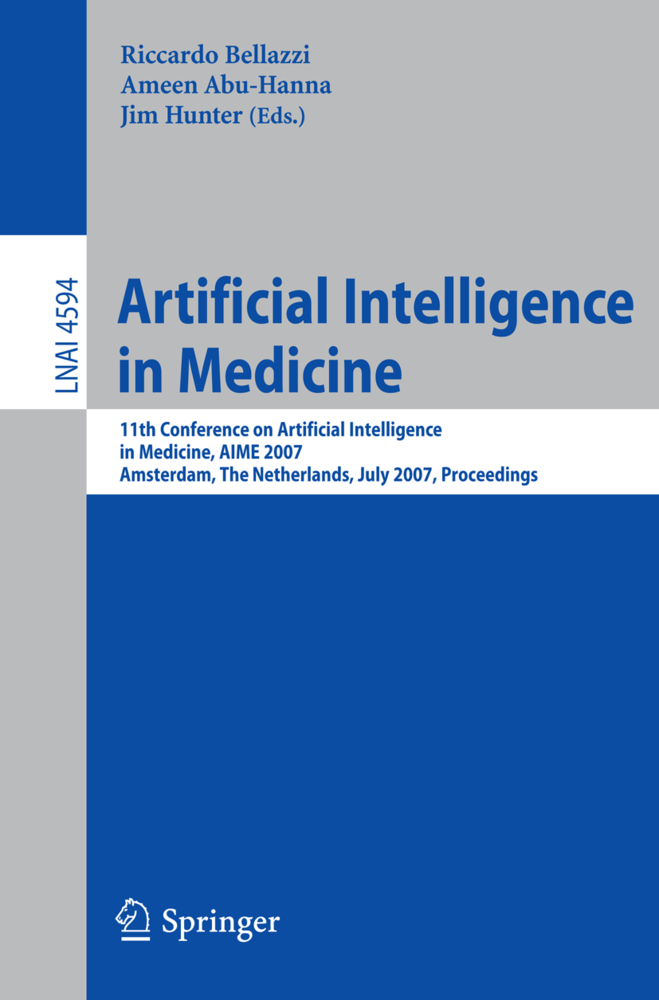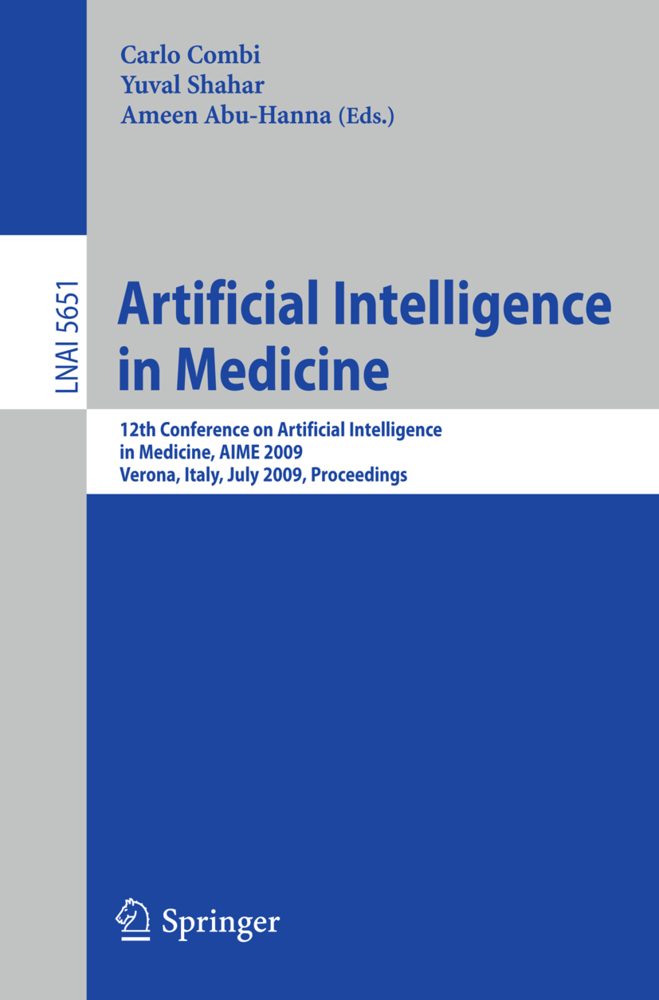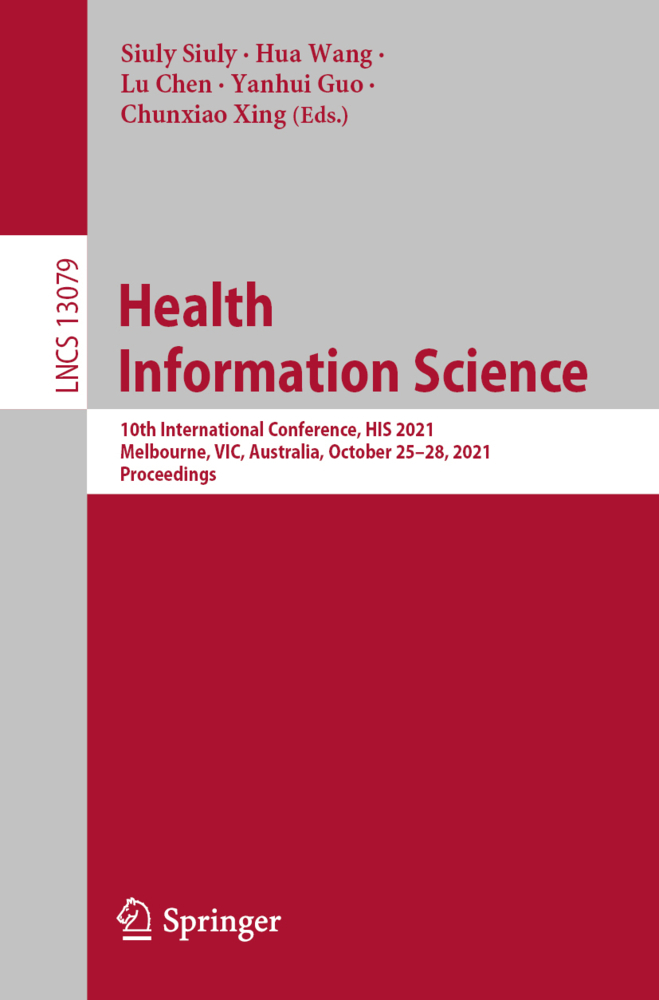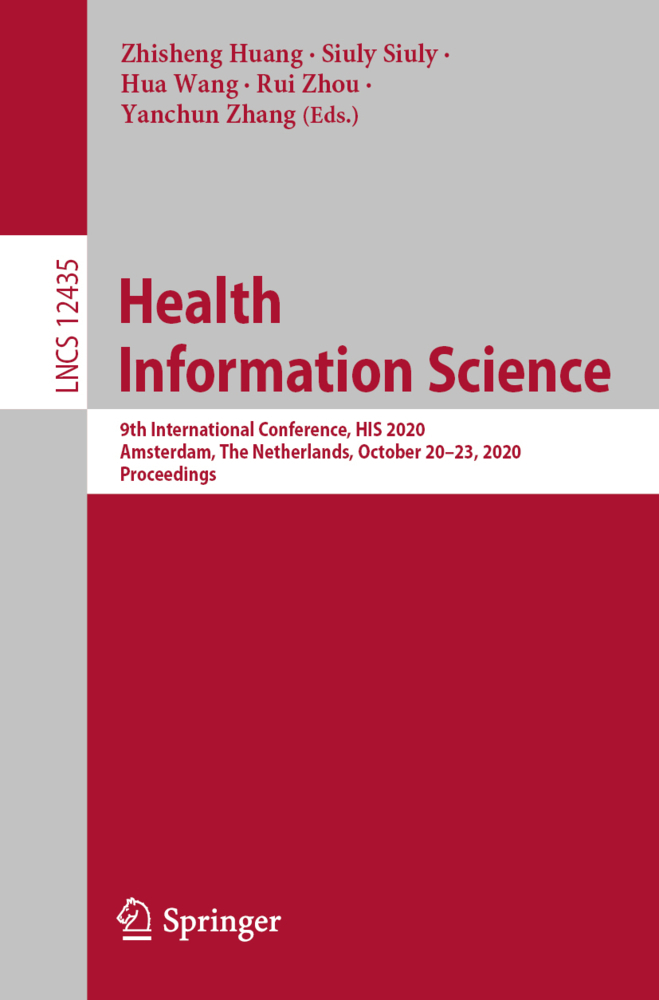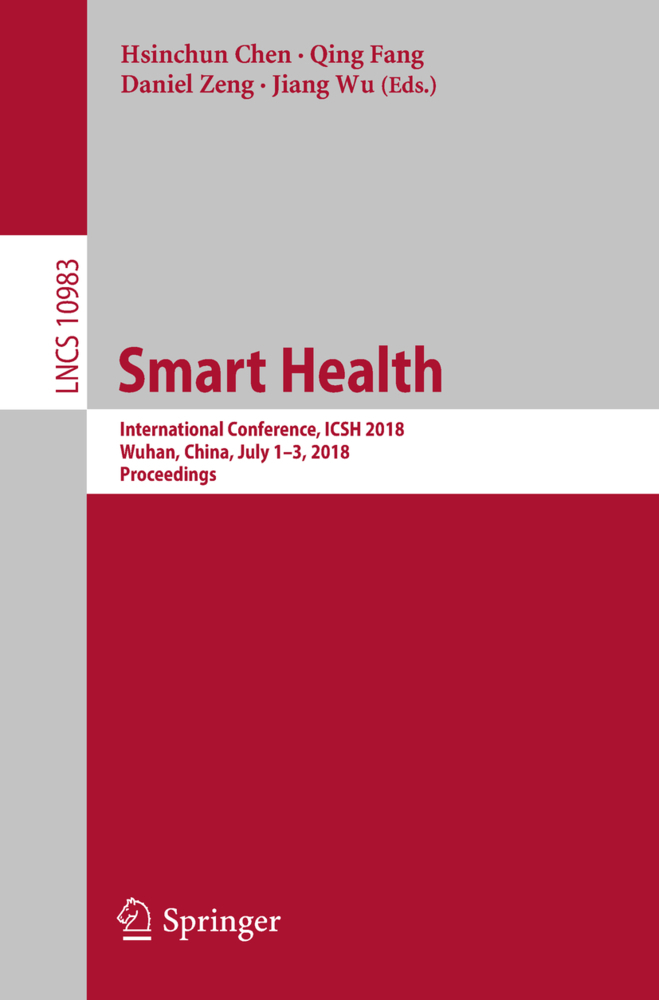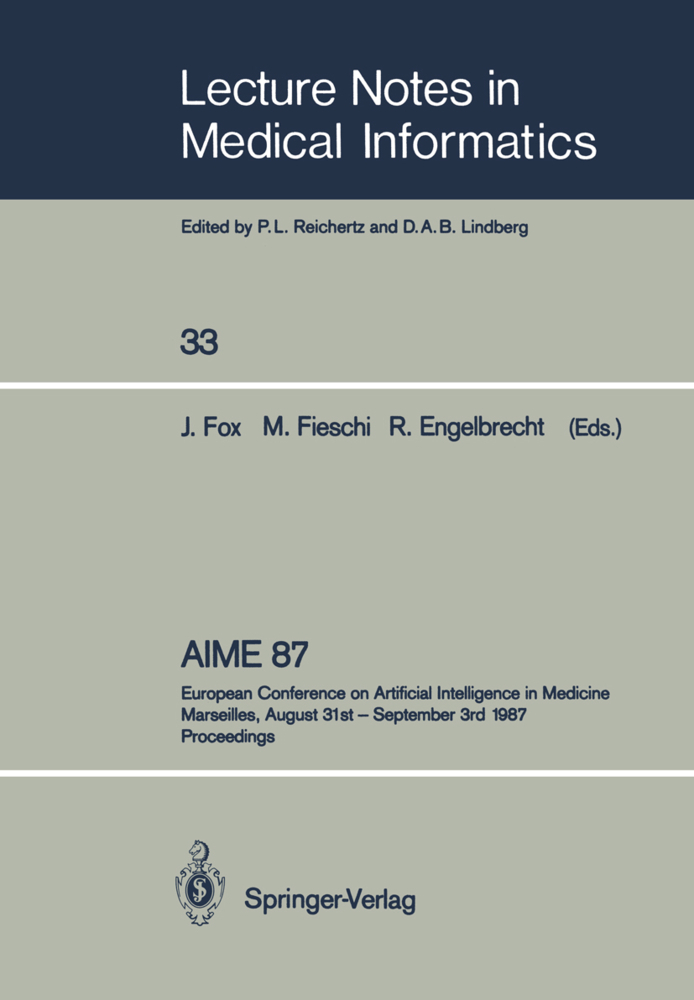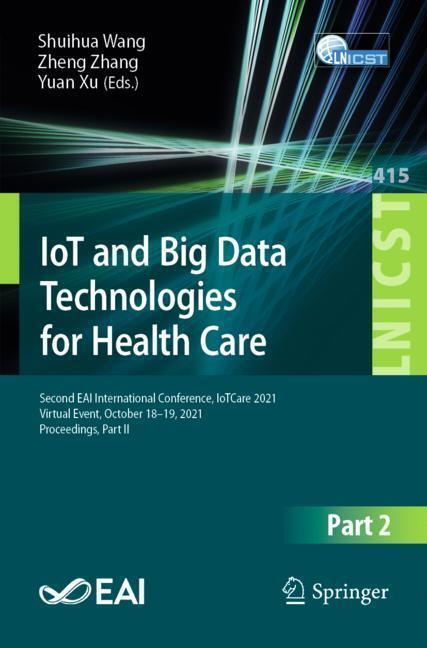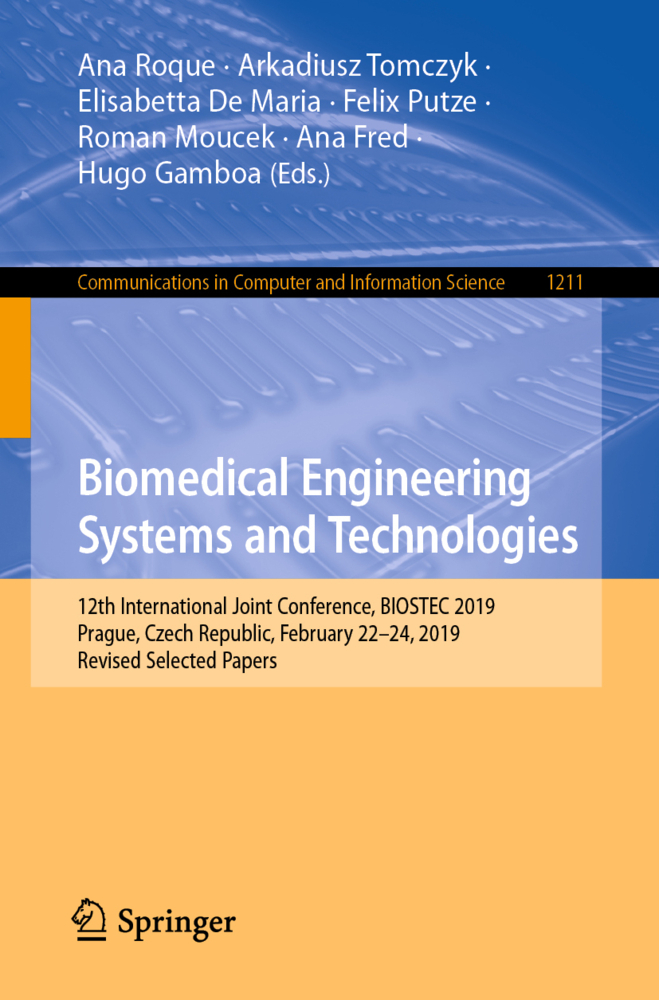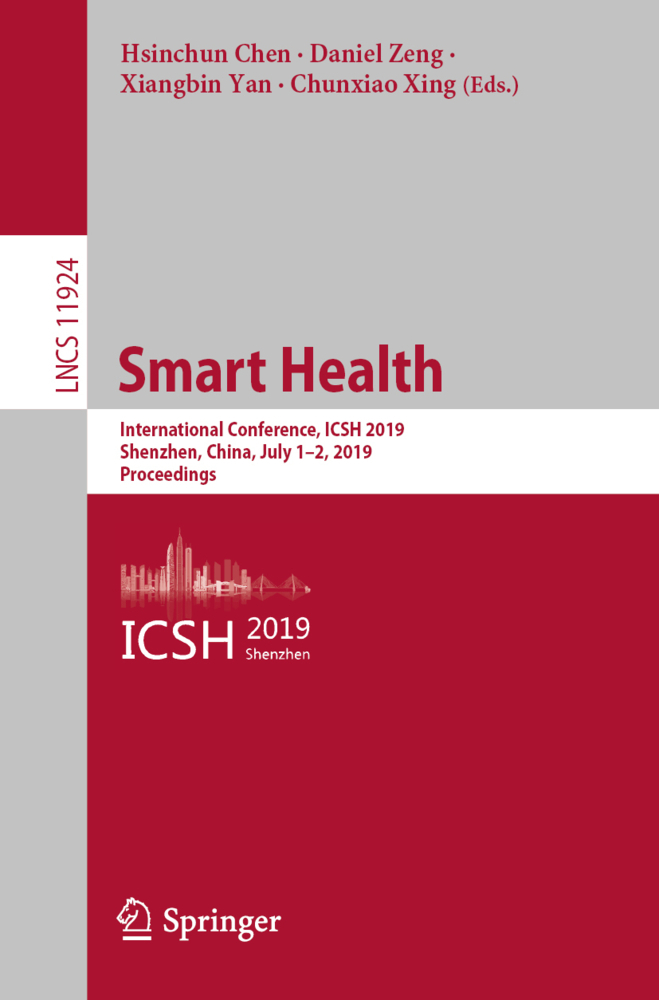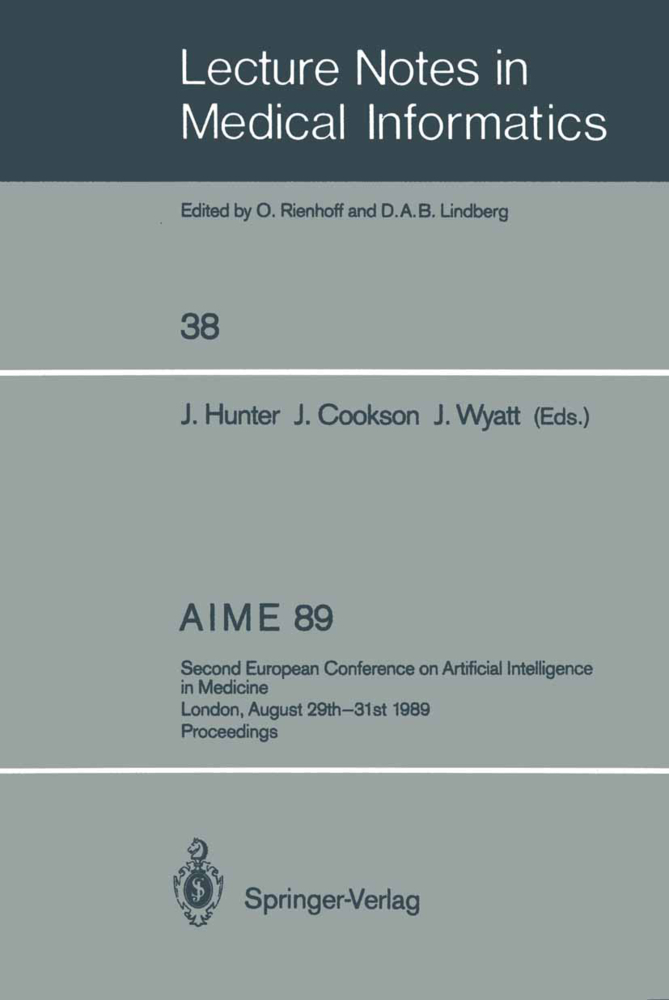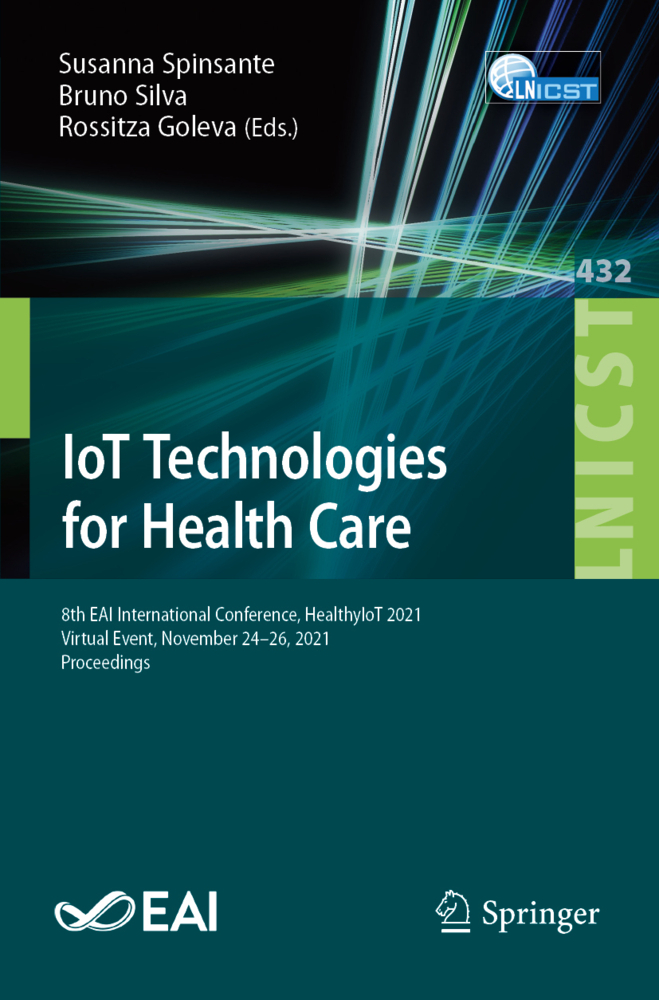Artificial Intelligence in Medicine
11th Conference on Artificial Intelligence in Medicine in Europe, AIME 2007, Amsterdam, The Netherlands, July 7-11, 2007, Proceedings
Artificial Intelligence in Medicine
11th Conference on Artificial Intelligence in Medicine in Europe, AIME 2007, Amsterdam, The Netherlands, July 7-11, 2007, Proceedings
The European Society for Arti?cial Intelligence in Medicine (AIME) was - tablished in 1986 following a very successful workshop held in Pavia, Italy, the year before. The principal aims of AIME are to foster fundamental and applied research in the application of arti?cial intelligence (AI) techniques to medical care and medical research, and to provide a forum at biennial conferences for discussing any progress made. For this reason the main activity of the Society wastheorganizationofaseriesofbiennialconferences,heldinMarseilles,France (1987), London, UK (1989), Maastricht, The Netherlands (1991), Munich, G- many (1993), Pavia, Italy (1995), Grenoble, France (1997), Aalborg, Denmark (1999), Cascais, Portugal (2001), Protaras, Cyprus (2003), and Aberdeen, UK (2005). This volume contains the proceedings of AIME 2007,the 11th Conference on Arti?cial Intelligence in Medicine, held in Amsterdam, The Netherlands, July 7-11, 2007. The AIME 2007 goals were to present and consolidate the int- national state of the art of AI in biomedical research from the perspectives of methodology and application. The conference included invited lectures, a panel discussion, full and short papers, tutorials, workshops, and a doctoral cons- tium. In the conference announcement, authors were solicited to submit original contributions on the development of theory, systems, and applications of AI in medicine, including the exploitationof AI approachesto molecularmedicine and biomedical informatics. Authors of papers addressing theory were requested to describe the developmentorthe extensionof AI methods and to discuss the n- elty to the state of the art.
MRF Agent Based Segmentation: Application to MRI Brain Scans
R-CAST-MED: Applying Intelligent Agents to Support Emergency Medical Decision-Making Teams
Knowledge-Based Modeling and Simulation of Diseases with Highly Differentiated Clinical Manifestations
Co-operative Agents in Analysis and Interpretation of Intracerebral EEG Activity: Application to Epilepsy
An Ontology-Driven Agent-Based Clinical Guideline Execution Engine
Temporal Data Mining
An Intelligent Aide for Interpreting a Patient's Dialysis Data Set
Temporal Data Mining with Temporal Constraints
A Nearest Neighbor Approach to Predicting Survival Time with an Application in Chronic Respiratory Disease
Using Temporal Context-Specific Independence Information in the Exploratory Analysis of Disease Processes
Discovery and Integration of Organ-Failure Episodes in Mortality Prediction
Machine Learning and Knowledge Discovery
Contrast Set Mining for Distinguishing Between Similar Diseases
Multi-resolution Image Parametrization in Stepwise Diagnostics of Coronary Artery Disease
Classifying Alarms in Intensive Care - Analogy to Hypothesis Testing
Hierarchical Latent Class Models and Statistical Foundation for Traditional Chinese Medicine
Interpreting Gene Expression Data by Searching for Enriched Gene Sets
Variable Selection for Optimal Decision Making
Supporting Factors in Descriptive Analysis of Brain Ischaemia
Knowledge Acquisition from a Medical Corpus: Use and Return on Experiences
Machine Learning Techniques for Decision Support in Anesthesia
Learning Decision Tree for Selecting QRS Detectors for Cardiac Monitoring
Monitoring Human Resources of a Public Health-CareSystem Through Intelligent Data Analysis and Visualization
An Integrated IT System for Phenotypic and Genotypic Data Mining and Management
Automatic Retrieval of Web Pages with Standards of Ethics and Trustworthiness Within a Medical Portal: What a Page Name Tells Us
A Mixed Data Clustering Algorithm to Identify Population Patterns of Cancer Mortality in Hijuelas-Chile
Novel Features for Automated Lung Function Diagnosis in Spontaneously Breathing Infants
Multi-level Clustering in Sarcoidosis: A Preliminary Study
Text Mining, Natural Language Processing and Generation
An Experiment in Automatic Classification of Pathological Reports
Literature Mining: Towards Better Understanding of Autism
Automatic Generation of Textual Summaries from Neonatal Intensive Care Data
Anonymisation of Swedish Clinical Data
MetaCoDe: A Lightweight UMLS Mapping Tool
Unsupervised Documents Categorization Using New Threshold-Sensitive Weighting Technique
Application of Cross-Language Criteria for the Automatic Distinction of Expert and Non Expert Online Health Documents
Extracting Specific Medical Data Using Semantic Structures
Ontologies
Using Semantic Web Technologies for Knowledge-Driven Querying of Biomedical Data
Categorical Representation of Evolving Structure of an Ontology for Clinical Fungus
Replacing SEP-Triplets in SNOMED CT Using Tractable Description Logic Operators
Building an Ontology of Hypertension Management
Analyzing Differences in Operational Disease Definitions Using Ontological Modeling
Decision Support Systems
Adaptive Optimization of Hospital Resource Calendars
On the Behaviour of Information Measures for Test Selection
Nasopharyngeal Carcinoma Data Analysis with a Novel Bayesian Network Skeleton Learning Algorithm
Enhancing Automated Test Selection in Probabilistic Networks
ProCarSur: A System for Dynamic Prognostic Reasoning in Cardiac Surgery
Content Collection for the Labelling of Health-Related Web Content
Bayesian Network Decomposition for Modeling Breast Cancer Detection
A Methodology for Automated Extraction of the Optimal Pathways from Influence Diagrams
Computer-Aided Assessment of Drug-Induced Lung Disease Plausibility
Applications of AI-Based Image Processing Techninques
Segmentation Techniques for Automatic Region Extraction: An Application to Aphasia Rehabilitation
A Pattern Recognition Approach to Diagnose Foot Plant Pathologies: From Segmentation to Classification
A Novel Way of Incorporating Large-Scale Knowledge into MRF Prior Model
Predictive Modeling of fMRI Brain States Using Functional Canonical Correlation Analysis
Protocols and Guidelines
Formalizing 'Living Guidelines' Using LASSIE: A Multi-step Information Extraction Method
The Role of Model Checking in Critiquing Based on Clinical Guidelines
Integrating Document-Based and Knowledge-Based Models for Clinical Guidelines Analysis
Document-Oriented Views of Guideline Knowledge Bases
Maintaining Formal Models of Living Guidelines Efficiently
A Causal Modeling Framework for Generating Clinical Practice Guidelines from Data
Semantic Web Framework for Knowledge-Centric Clinical Decision Support Systems
Inference in the Promedas Medical Expert System
Computerised Guidelines Implementation: Obtaining Feedback for Revision of Guidelines, Clinical Data Model and Data Flow
Workflow Systems
Querying Clinical Workflows by Temporal Similarity
Testing Careflow Process Execution Conformance by Translating a Graphical Language to Computational Logic
Induction of Partial Ordersto Predict Patient Evolutions in Medicine
Interacting Agents for the Risk Assessment of Allergies in Newborn Babies.
Agent-Based Systems
A Human-Machine Cooperative Approach for Time Series Data InterpretationMRF Agent Based Segmentation: Application to MRI Brain Scans
R-CAST-MED: Applying Intelligent Agents to Support Emergency Medical Decision-Making Teams
Knowledge-Based Modeling and Simulation of Diseases with Highly Differentiated Clinical Manifestations
Co-operative Agents in Analysis and Interpretation of Intracerebral EEG Activity: Application to Epilepsy
An Ontology-Driven Agent-Based Clinical Guideline Execution Engine
Temporal Data Mining
An Intelligent Aide for Interpreting a Patient's Dialysis Data Set
Temporal Data Mining with Temporal Constraints
A Nearest Neighbor Approach to Predicting Survival Time with an Application in Chronic Respiratory Disease
Using Temporal Context-Specific Independence Information in the Exploratory Analysis of Disease Processes
Discovery and Integration of Organ-Failure Episodes in Mortality Prediction
Machine Learning and Knowledge Discovery
Contrast Set Mining for Distinguishing Between Similar Diseases
Multi-resolution Image Parametrization in Stepwise Diagnostics of Coronary Artery Disease
Classifying Alarms in Intensive Care - Analogy to Hypothesis Testing
Hierarchical Latent Class Models and Statistical Foundation for Traditional Chinese Medicine
Interpreting Gene Expression Data by Searching for Enriched Gene Sets
Variable Selection for Optimal Decision Making
Supporting Factors in Descriptive Analysis of Brain Ischaemia
Knowledge Acquisition from a Medical Corpus: Use and Return on Experiences
Machine Learning Techniques for Decision Support in Anesthesia
Learning Decision Tree for Selecting QRS Detectors for Cardiac Monitoring
Monitoring Human Resources of a Public Health-CareSystem Through Intelligent Data Analysis and Visualization
An Integrated IT System for Phenotypic and Genotypic Data Mining and Management
Automatic Retrieval of Web Pages with Standards of Ethics and Trustworthiness Within a Medical Portal: What a Page Name Tells Us
A Mixed Data Clustering Algorithm to Identify Population Patterns of Cancer Mortality in Hijuelas-Chile
Novel Features for Automated Lung Function Diagnosis in Spontaneously Breathing Infants
Multi-level Clustering in Sarcoidosis: A Preliminary Study
Text Mining, Natural Language Processing and Generation
An Experiment in Automatic Classification of Pathological Reports
Literature Mining: Towards Better Understanding of Autism
Automatic Generation of Textual Summaries from Neonatal Intensive Care Data
Anonymisation of Swedish Clinical Data
MetaCoDe: A Lightweight UMLS Mapping Tool
Unsupervised Documents Categorization Using New Threshold-Sensitive Weighting Technique
Application of Cross-Language Criteria for the Automatic Distinction of Expert and Non Expert Online Health Documents
Extracting Specific Medical Data Using Semantic Structures
Ontologies
Using Semantic Web Technologies for Knowledge-Driven Querying of Biomedical Data
Categorical Representation of Evolving Structure of an Ontology for Clinical Fungus
Replacing SEP-Triplets in SNOMED CT Using Tractable Description Logic Operators
Building an Ontology of Hypertension Management
Analyzing Differences in Operational Disease Definitions Using Ontological Modeling
Decision Support Systems
Adaptive Optimization of Hospital Resource Calendars
On the Behaviour of Information Measures for Test Selection
Nasopharyngeal Carcinoma Data Analysis with a Novel Bayesian Network Skeleton Learning Algorithm
Enhancing Automated Test Selection in Probabilistic Networks
ProCarSur: A System for Dynamic Prognostic Reasoning in Cardiac Surgery
Content Collection for the Labelling of Health-Related Web Content
Bayesian Network Decomposition for Modeling Breast Cancer Detection
A Methodology for Automated Extraction of the Optimal Pathways from Influence Diagrams
Computer-Aided Assessment of Drug-Induced Lung Disease Plausibility
Applications of AI-Based Image Processing Techninques
Segmentation Techniques for Automatic Region Extraction: An Application to Aphasia Rehabilitation
A Pattern Recognition Approach to Diagnose Foot Plant Pathologies: From Segmentation to Classification
A Novel Way of Incorporating Large-Scale Knowledge into MRF Prior Model
Predictive Modeling of fMRI Brain States Using Functional Canonical Correlation Analysis
Protocols and Guidelines
Formalizing 'Living Guidelines' Using LASSIE: A Multi-step Information Extraction Method
The Role of Model Checking in Critiquing Based on Clinical Guidelines
Integrating Document-Based and Knowledge-Based Models for Clinical Guidelines Analysis
Document-Oriented Views of Guideline Knowledge Bases
Maintaining Formal Models of Living Guidelines Efficiently
A Causal Modeling Framework for Generating Clinical Practice Guidelines from Data
Semantic Web Framework for Knowledge-Centric Clinical Decision Support Systems
Inference in the Promedas Medical Expert System
Computerised Guidelines Implementation: Obtaining Feedback for Revision of Guidelines, Clinical Data Model and Data Flow
Workflow Systems
Querying Clinical Workflows by Temporal Similarity
Testing Careflow Process Execution Conformance by Translating a Graphical Language to Computational Logic
Induction of Partial Ordersto Predict Patient Evolutions in Medicine
Interacting Agents for the Risk Assessment of Allergies in Newborn Babies.
Bellazzi, Riccardo
Abu-Hanna, Ameen
Hunter, Jim
| ISBN | 978-3-540-73598-4 |
|---|---|
| Artikelnummer | 9783540735984 |
| Medientyp | Buch |
| Copyrightjahr | 2007 |
| Verlag | Springer, Berlin |
| Umfang | XVI, 509 Seiten |
| Abbildungen | XVI, 509 p. |
| Sprache | Englisch |

